Before: Copco #1 dam.
After: No Copco #1 dam. All photos courtesy Sweetwater Films. Click to enlarge.
Press release from the Klamath River Renewal Corporation:
Today marks the complete removal of the four lower Klamath hydroelectric dams. Kiewit, the dam removal contractor hired by the Klamath River Renewal Corporation to complete the construction elements of the project, has finished all work in the river.
Following the cofferdam breaches last month, a portion of the Iron Gate cofferdam and a temporary river crossing at Copco No. 1 were left in place to provide access to the far side of the river in order to remove diversion infrastructure. With all the diversion infrastructure, temporary bridges, and dam materials now fully removed from the river, the dam removal portion of the Klamath River Renewal Project is now complete. Restoration and recovery of the river will continue for the coming years.
Before: Copco #2.
After: No Copco #2.
Together, Copco No. 1, Copco No. 2, J.C. Boyle, and Iron Gate Dams had blocked fish passage and impaired water quality for more than a century. All four were hydroelectric dams that did not provide irrigation or drinking water and were not operated for flood control. Following decades of advocacy, led by area tribes and supported by conservation advocates, commercial fishing organizations, and the States of California and Oregon, federal regulators approved the removal of the dams in November 2022. Ownership of the project was then transferred to the Klamath River Renewal Corporation (KRRC), the organization that was created to oversee the removal of the dams and related restoration of the previously submerged lands.
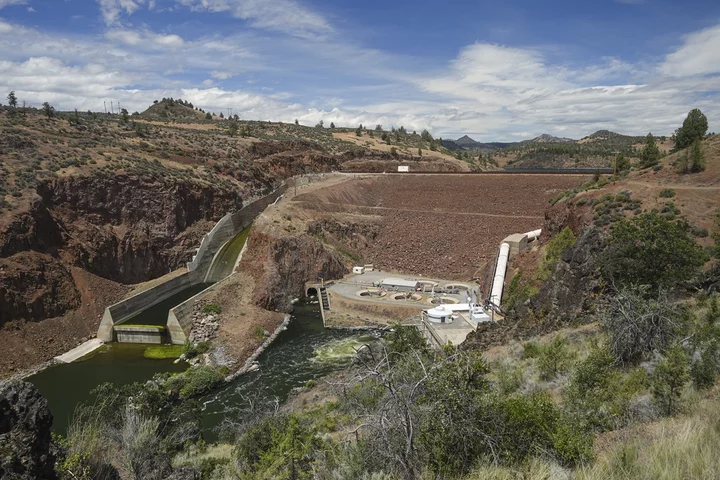
Before: Iron Gate.
After: No Iron Gate.
Copco No. 2, the smallest dam, was removed in the summer of 2023. In January of 2024 the Copco No. 1, JC Boyle, and Iron Gate reservoirs were drained, and deconstruction began in the spring. Massive amounts of concrete, earth, rocks and clay was removed from the river channel as part of the dam removal process. With these obstructions now cleared from the mainstem river, fish once again have access to more than 400 stream miles, including in tributary creeks and streams, of habitat in the upper Klamath Basin.
While the dam removal portion of the project is now complete, work will continue for several years restoring the 2,200 acres of formerly submerged lands. As the reservoirs drained in January, native seed mix was applied to the reservoir footprints. This initial round of seeding was intended to stabilize sediments and improve soil composition. This fall, restoration crews will turn their attention to amending soil conditions and will then perform another round of seeding and planting. Restoration crews will be onsite until vegetation success meets predetermined performance metrics. Restoration work is likely to continue for at least the next several years.
To learn more about the project, see klamathrenewal.org.
Before: JC Boyle.
After: No JC Boyle.
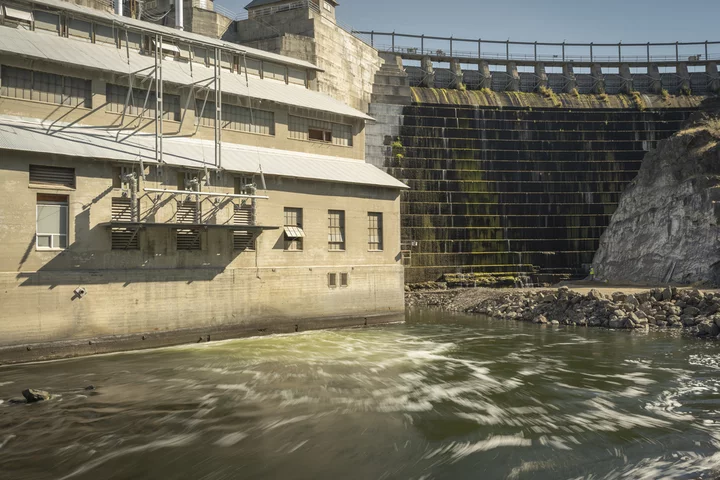
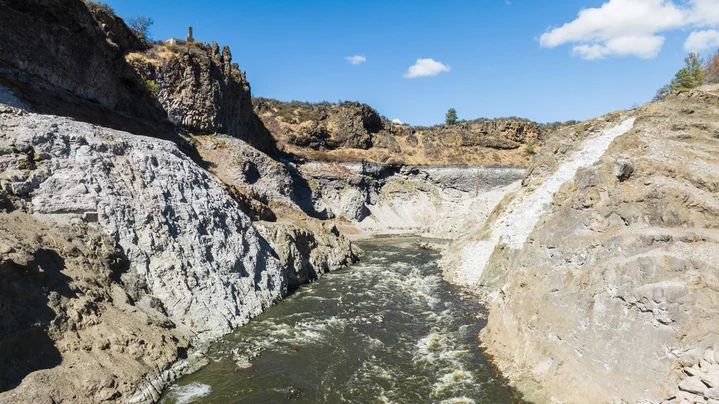
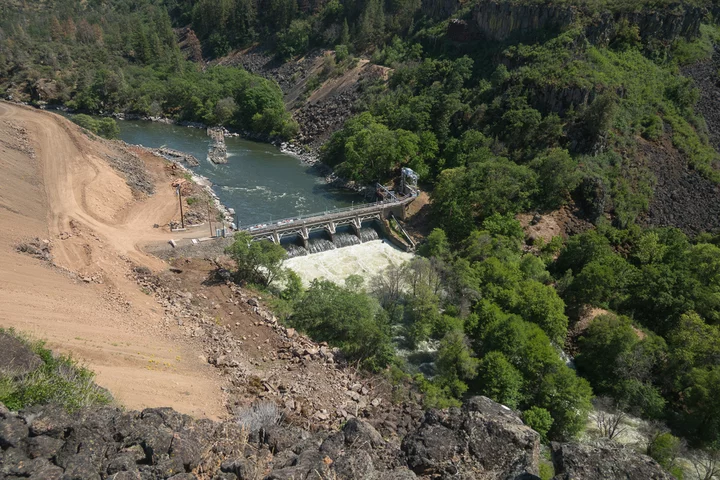


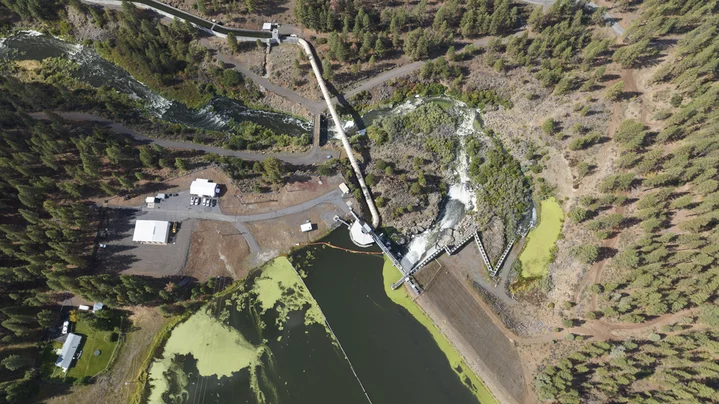

CLICK TO MANAGE